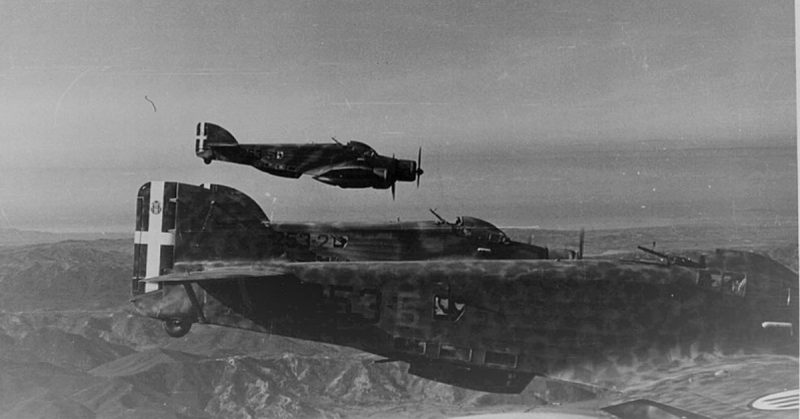Mussolini remained confident that the Greek army was “already exhausted or in the process of being exhausted.”
The Italian invasion of Greece beginning on October 28, 1940, is often an overlooked event in the Second World War.
However, the consequences of this rash decision by Mussolini had a significant bearing on the subsequent course of the war, particularly in the Balkans and the Central Mediterranean region, as well as creating the first major rift between Berlin and Rome.
Despite initial numerical superiority and a partial element of surprise, the Italian forces greatly underestimated the difficulty of the campaign ahead and the stubborn resistance they would face from the Greek armed forces.
In addition, Mussolini’s incompetence as a political leader and military overseer paved the way for what was to become a disastrous campaign and a huge source of embarrassment for Il Duce as well as a major hindrance to the Axis war effort.
The war had begun hugely in favor of the Axis forces with Germany’s rapid conquest of Poland, the French capitulation, and Great Britain’s isolation. This prompted Mussolini to enter Italy into the war in June 1940 to compliment his vision of returning Italy to its once monolithic status.
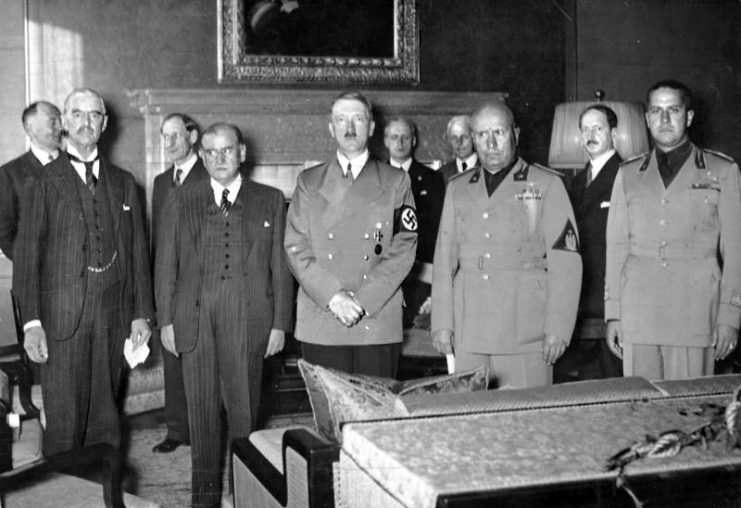
Italy’s early military activity saw modest gains in Southern France, Albania, and North Africa. By the autumn of 1940, Mussolini sought to solidify Italy’s position as an equal to that of its Axis ally, Germany.
He drew his attention away from North Africa and turned it to Greece, the neutral state which was small and vulnerable at the extreme south of the Balkan region. It was a prize which seemed ripe for picking.
The Italians launched the attack on Greece on October 28, 1940. They followed contingency plan G which utilized newly annexed territory in Albania to propel around 150,000 troops across the border into the mountainous Epirus region of northern Greece. From there, the Italians intended to push toward Athens and swiftly crush the Greek defense.
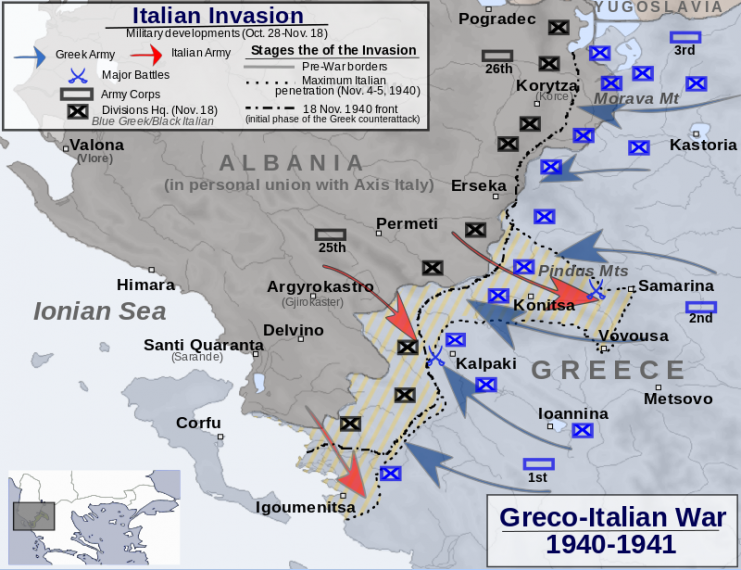
Mussolini believed this would all be completed in just over two weeks, citing November 10 to 15 as the date range in which contingency plan G would be achieved.
However, his plan quickly unraveled following the initial attack on October 28. The defeat came as a complete surprise to the Italians, and the huge weaknesses in contingency plan G became visible for the world to see. Although the plan had looked sound on paper, on the ground it was far from feasible.
The Greek winter of 1940 proved to be one of the coldest on record, with temperatures of -20 degrees Celsius occurring in the high altitude Epirus region along with heavy rainfall, a combination for which the Italian troops were not equipped.
In addition to the freezing cold, the location the Italians choose as their base of attack (Albania) did not have the necessary infrastructure to facilitate large-scale mobilizations and deployments.
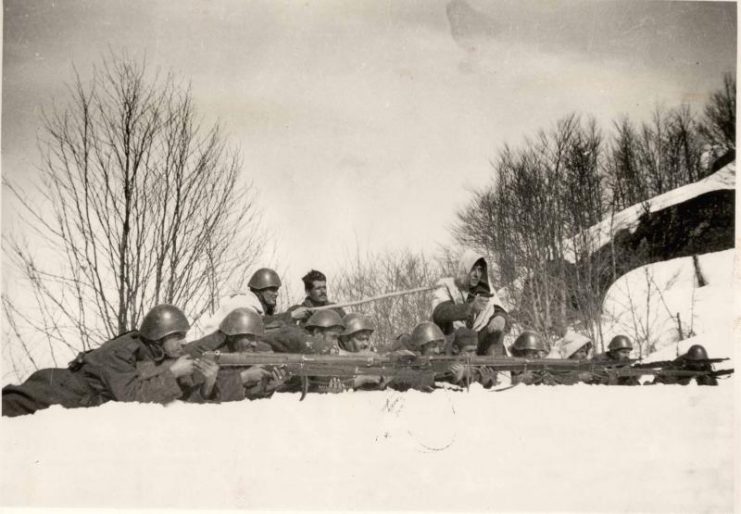
By early November 1940, reports were coming back to Rome that there were major difficulties in transporting mechanized units and artillery to the front line. The mule tracks of Southern Albania and in Epirus were too small and had quickly turned to wet mud, yet there was no viable alternative.
Also, the port of Durres (Durazzo) was the only Albanian port capable of docking Italian warships, but it could not deal with the high traffic of warships, troops, and masses of equipment. This hindered mobilization and restricted the speed at which reinforcements could reach the front in Epirus, a delay that proved very costly by early November.
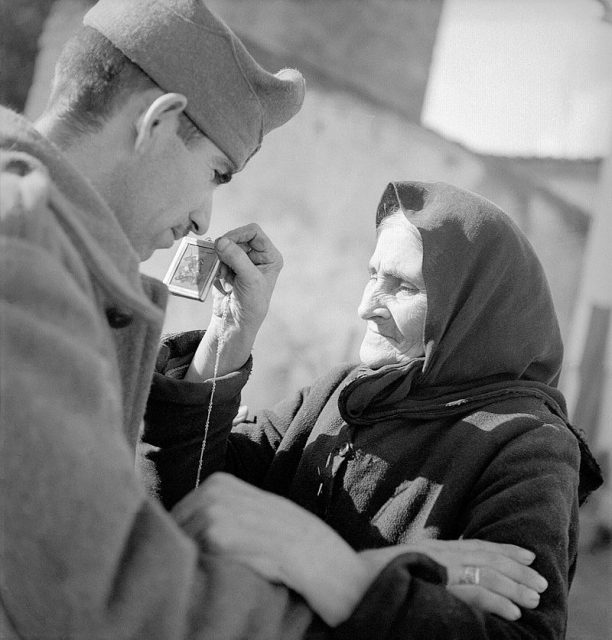
Mussolini’s attack on Greece was a major campaign comprising of over 20 divisions in total. While the Italians had a numerical advantage of around 20% (Greek forces stood at around 120,000 in late October 1940), this did not yield the results Mussolini expected.
By November 9, the Italian forces had penetrated 60 kilometers (30 miles) into Greek territory in Epirus. But they could push no further as Greek fortifications and stiff resistance kept them away from Athens.
Following a successful Greek counter-offensive at Korce, which helped Greek forces outflank the Italian troops in Epirus, Mussolini conceded the offensive on November 10, proposing a resumed offensive on December 5 when sufficient reinforcements would have arrived.
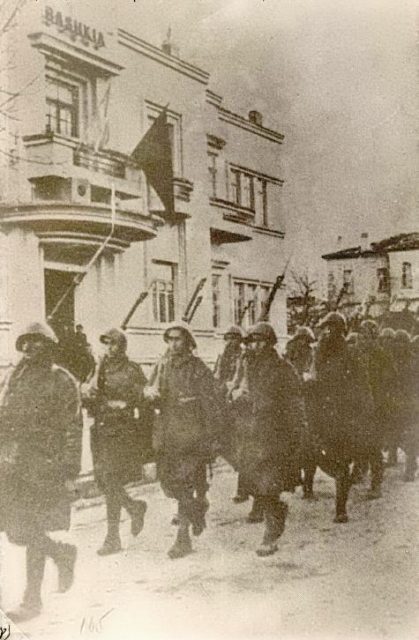
Despite such clear signals of failure as the Italians’ troubled position and the unexpected strength of Greek defenses, Mussolini remained confident that the Greek army was “already exhausted or in the process of being exhausted.” Once again, Mussolini’s convictions proved incorrect.
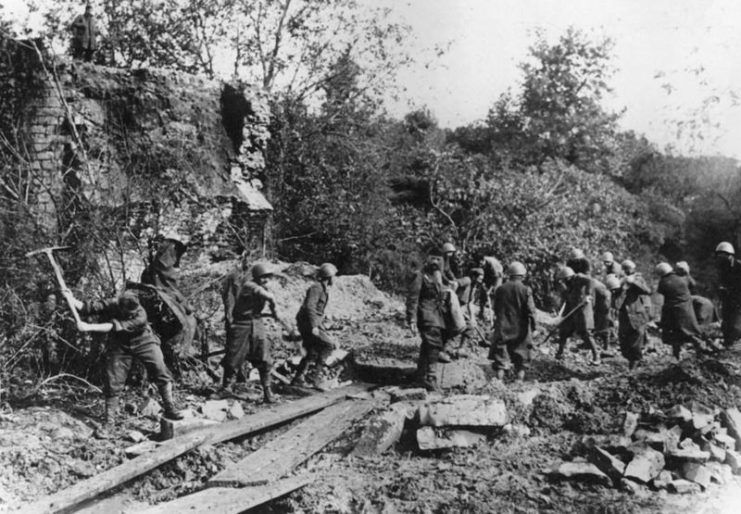
While the Italians temporarily halted their offensive while awaiting reinforcements, a surprise attack by the British navy on the Italian fleet at their base in Taranto, Southern Italy, took place on the night of November 11/12. This dealt a crucial blow to Mussolini who had overlooked the vulnerability of arguably his most prized asset, the Italian fleet.
According to an unnamed German naval staff war diarist at the time, the British attack at Taranto presented the Italian leadership “with a bitter final accounting for the minimal activity displayed up to now by the weapon that at the beginning of the war was considered their sharpest: the fleet.”
In conjunction with this bitter blow, the Greeks added insult to injury by propelling a major counteroffensive in Epirus. In a matter of days, the Italians on the frontline were routed and pushed back almost 30 kilometers (18.6 miles) beyond their starting point on the Albanian-Greek border.
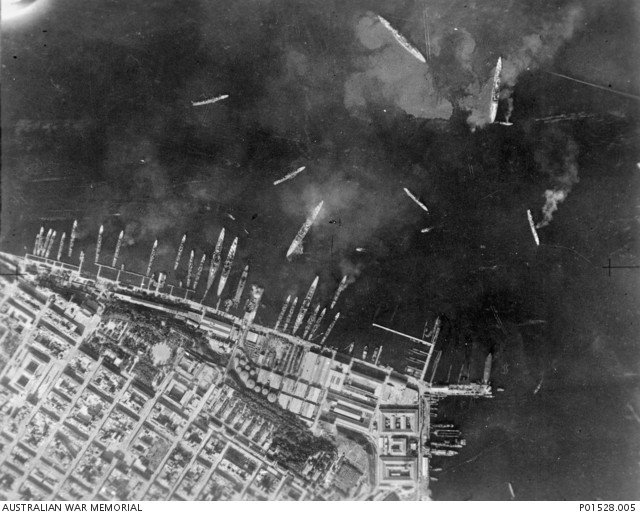
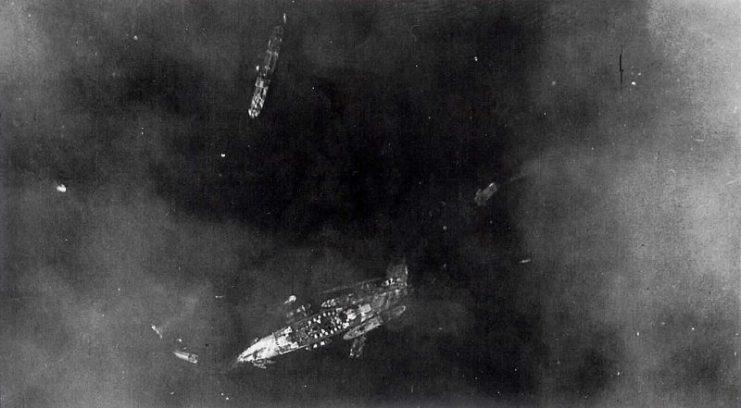
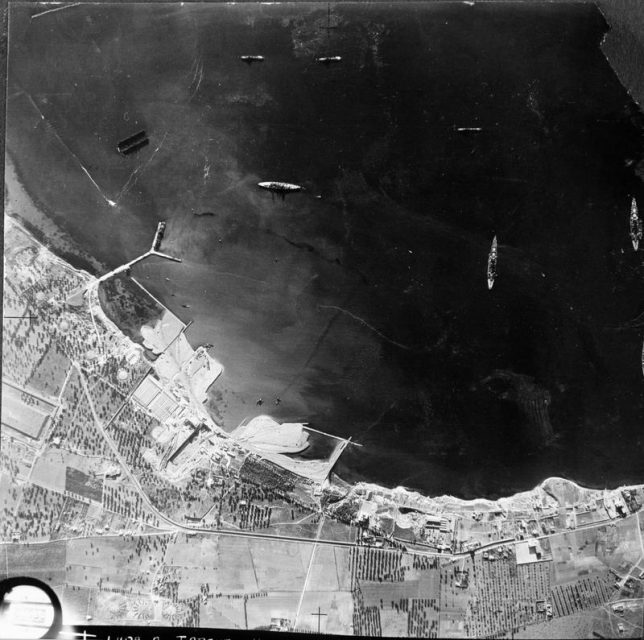
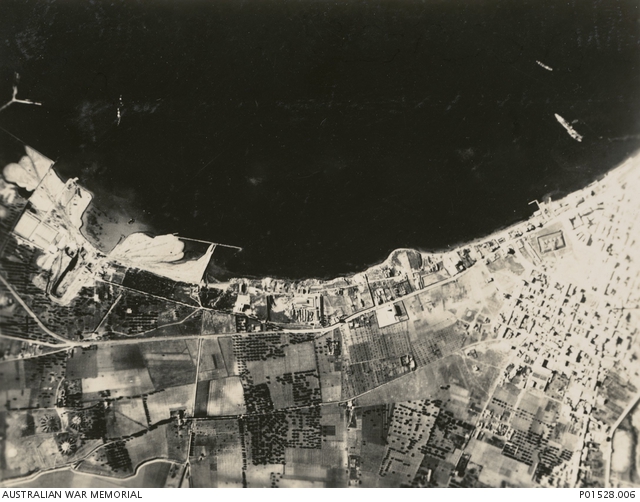
Reports soon filtered through to Mussolini from his ministers on November 30 that the situation with the Greeks was “grave” and could potentially become “dramatic.” However, following the Greeks’ huge success in mid to late November, the weather became extreme and halted any major activity.
Despite this, the Greek armed forces had already driven the Italians from their territory and pushed them a significant way behind their starting point.
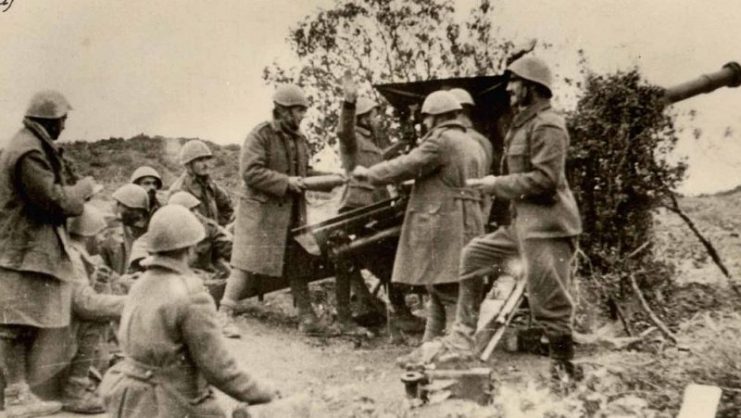
There was a quiet beginning to 1941 at the front. Consequently, Mussolini made a last gasp attempt at claiming Greece in March 1941, even visiting the frontline himself to encourage the desperate troops. This final attempt also failed, and Mussolini returned to Rome in defeat.
He now had to wait for the German forces to advance into Greece. By March, they had already crossed the River Danube in Bulgaria to the North.
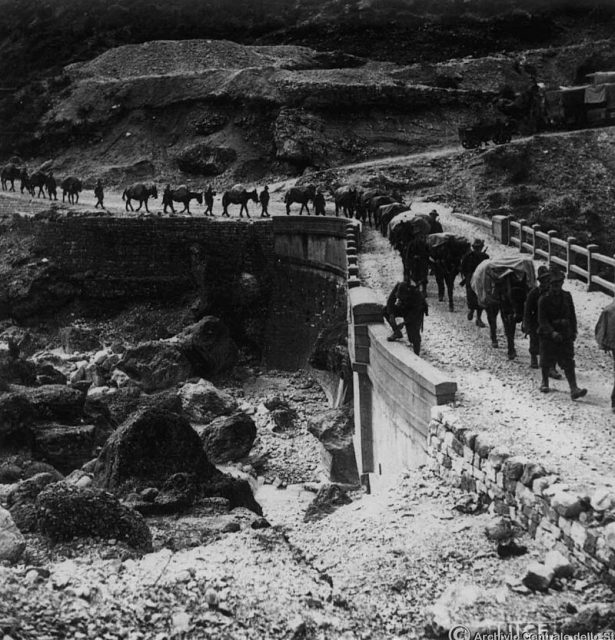
Read another story from us: Axis Invasion of the Balkans and Crete with Photos
On April 10, 1941, German troops entered Salonika and, in just over two weeks, reached Athens on April 27. They effectively crushed the Greek defense and by doing so, highlighted the inability of the Italian army and Mussolini himself.
Mussolini’s disastrous attempt at claiming Greece served to highlight his own weaknesses and that of his entire military establishment. The actions he took in the hope of propelling Italy to a higher status among the powerful states and gaining equality in its relationship with Germany ultimately had the opposite effect.
